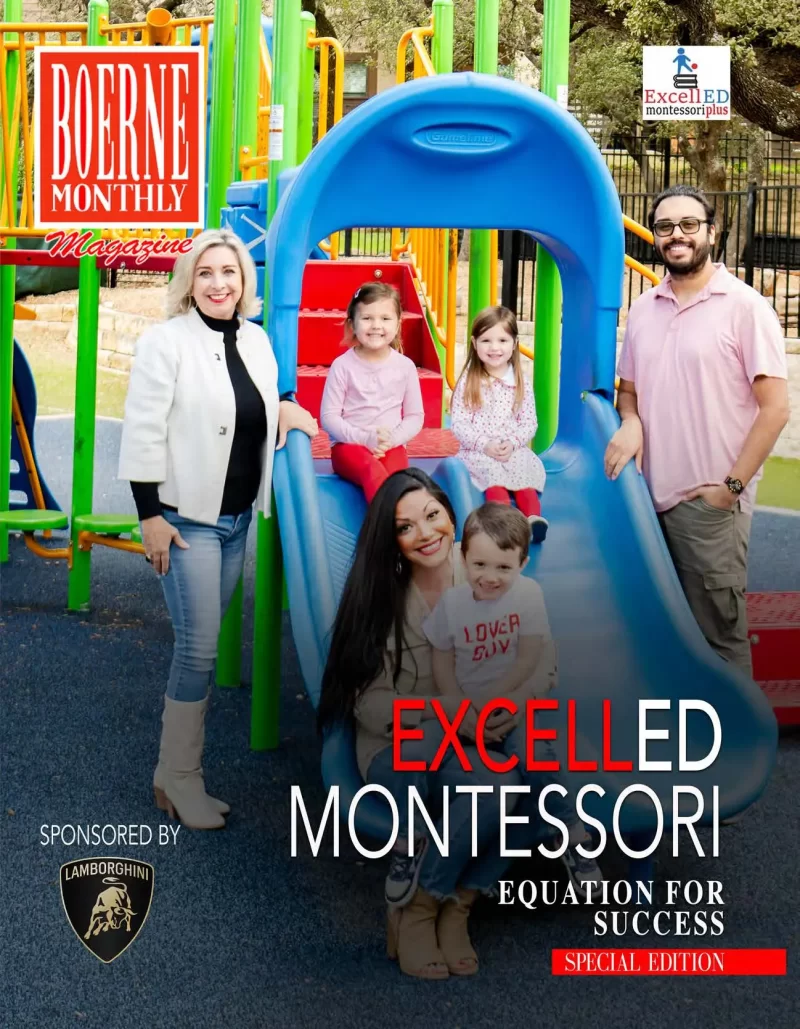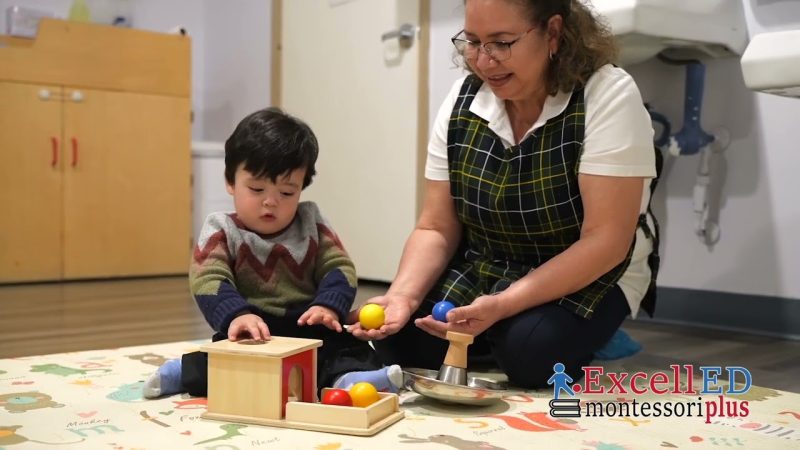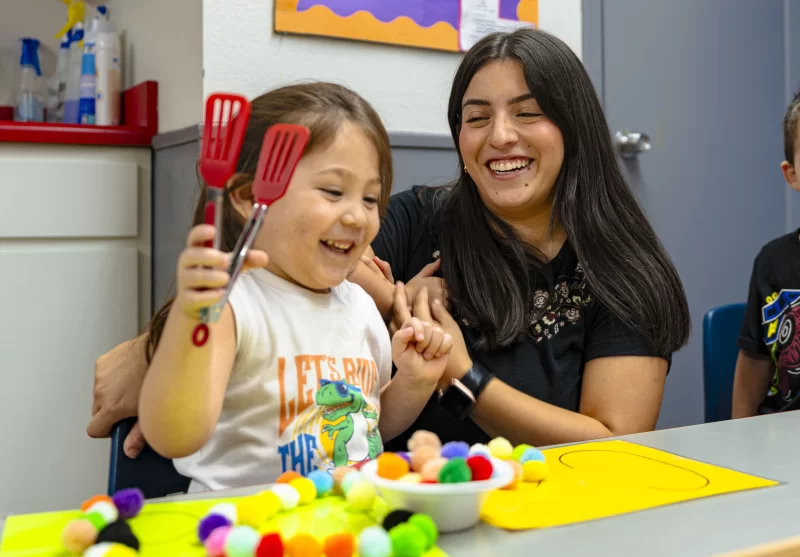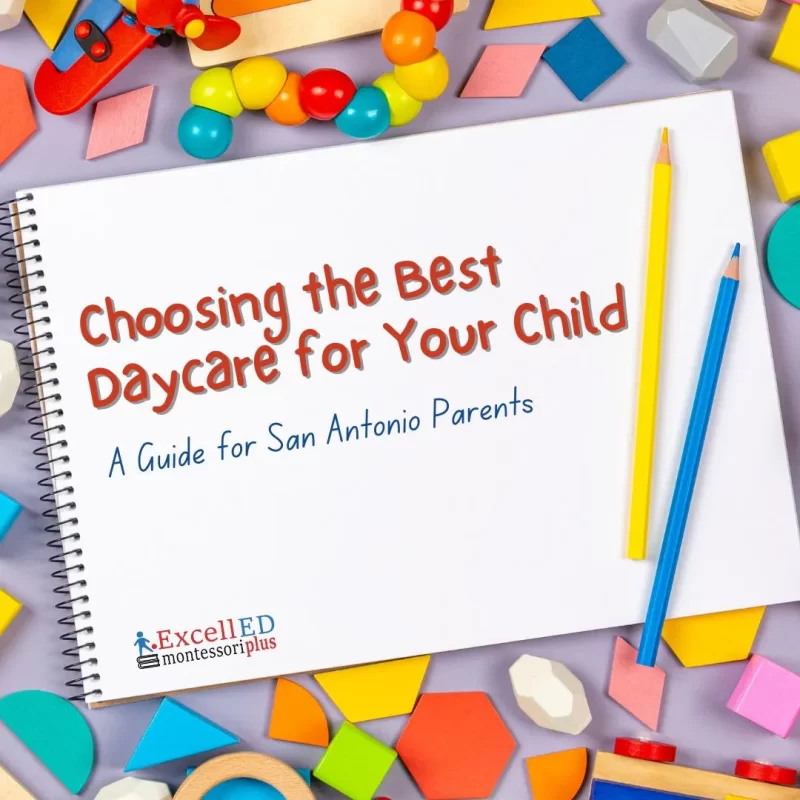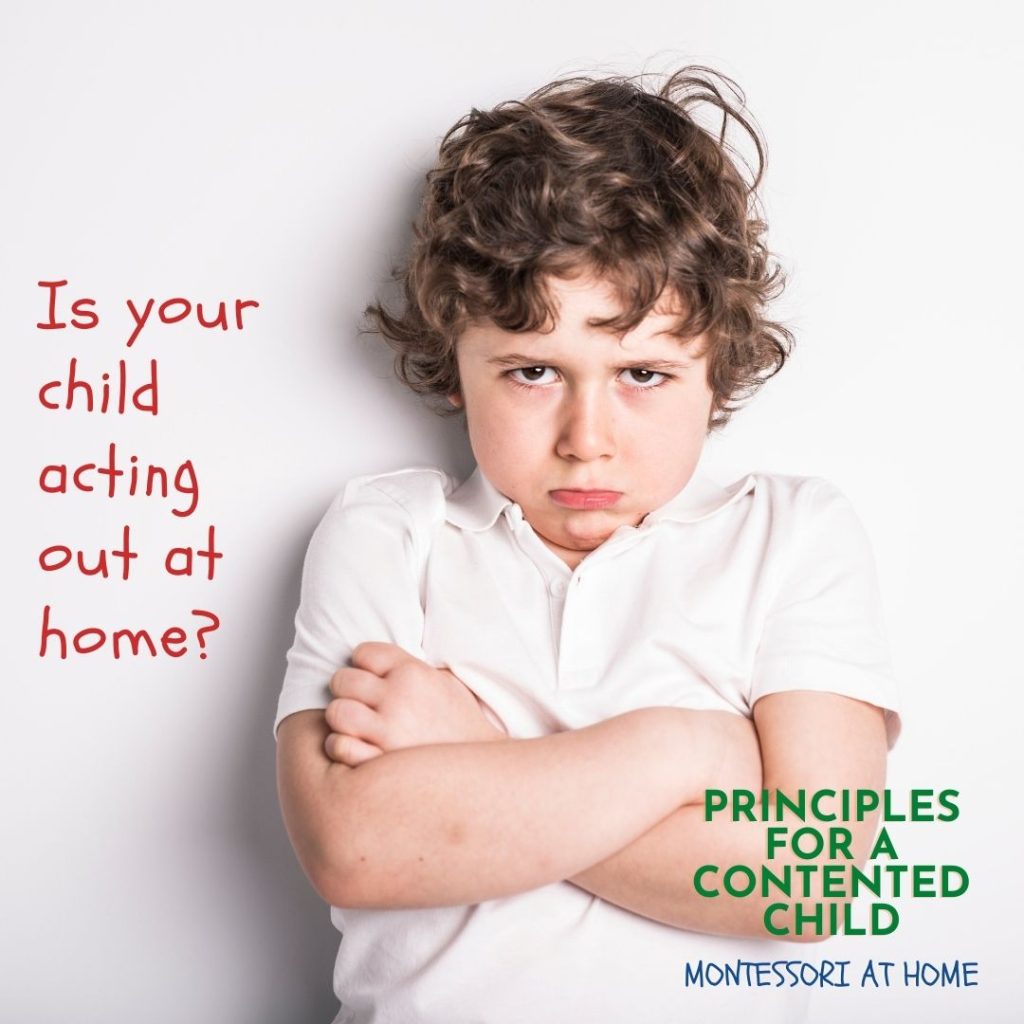
Have you noticed how calm and content your child is within a Montessori environment? Does your child display this peaceful behavior at home, or is your child playing up in undesirable ways?
If so, you are not alone! This situation is common, and the reason is typically a misunderstanding of the needs of your child. By implementing simple Montessori principles at home, one can bridge the gap between home and school so that your child feels at ease in both environments.

Montessori at Home: Principles for a Contented Child
There is no doubt that children are one of life’s greatest blessings; however, the journey through parenthood can frequently feel overwhelming and confusing. Children are complex beings with specific needs which are not always understandable and can be hugely challenging to navigate as a parent. It is typical for children to display outbursts of behavior when their needs are unmet. As untrained adults, this is where the challenge lies, as these needs do not always make sense. As a result, it is easy to think that one’s child is ‘difficult’ or ‘naughty.’
This acting out is usually a way that your child is trying to communicate their needs. Thankfully, Montessori principles are easily integrated into the child’s home environment to alleviate misunderstandings so that your child feels more at ease, understood, and happy at home.
“To assist a child, we must provide him with an environment which will enable him to develop freely.” – Maria Montessori.
How to Implement Montessori at Home?
To simplify complex child pedagogy, let’s look at the two most important needs of a child and how to implement these within the child’s home environment.
The need for independence
“The greatest gifts you can give your children are the roots of responsibility and the wings of independence.” – Maria Montessori.

Help me to do it by myself is a simple phrase that can transform a child’s experience from frustration to ease in a few easy steps. Here’s how;
1. Arrange your home so that your child can easily reach what he needs for everyday tasks. Imagine viewing life through the eyes of your child. Adjust the environment to the height of your child so that all items are easily reachable. Create an accessible shelf in the kitchen where your child has space for his crockery and cutlery. Invite your child to help himself to snacks, drinks, or lay the table. Lower hanging rails so that your child can independently access his jackets. Prepare a dressing table with a child-size chair, mirror, brush, etc., so that your child can groom himself and learn to show up in the world respectably.
2. Make sure that all activities and toys are independently accessible without your help. Instead of a big toy box, which can feel overwhelming for a child, opt for neatly laid out toys or games on a low shelf. Select a few of your child’s favorite activities and arrange these on the shelves individually, pack the rest away and rotate when you feel that your child needs fresh input.
3. Apply the principle of three when helping your child to make choices. Offer your child a choice between three outfits and ask your child to choose which one he would like to wear that day. This choice engages your child, simplifies his focus, and gives him the autonomy to decide. If possible, help your child make this choice the night before and lay it out for the morning as this reduces last-minute stress and frustration. Apply this principle of three to any situation!
4. Engage your child in becoming an active participant in household chores. Give your child the opportunity to take care of activities such as watering the plants, feeding the animals, chopping vegetables, handing out snacks to guests, etc. Your child will feel respected as a helpful and valued participant and an integral part of the cohesive family unit.
The need for order
“Order is one of the needs of life which, when it is satisfied, produces a real happiness.” – Maria Montessori.

A home for everything is a helpful approach to have when arranging the environment for your child. Here is a 5 step process to assist;
1. Declutter. Simplify and think less is more! Opt for high-quality, open-ended toys that your child can explore in different ways. Get rid of broken toys or toys that are of no interest to your child. Swap them within your parent circle or pack them away to see if your child may be interested at a later stage in development.
2. Organize. Gather your favorite and most valued toys and activities, and arrange them into categories. Group soft toys, cars, balls, animals, dolls, blocks, etc., and place similar items into one basket.
3. Arrange. Create easily accessible shelves or pigeon holes and give each basket of toys a permanent home. Show your child how to pack their toys away in designated baskets and the baskets away in the same place every time. This order will help your child feel at ease knowing exactly where to find a particular toy whenever they need it.
4. Position. Place child-sized items in appropriate places to help your child to be more independent. Make sure that your child has a child-sized rain umbrella at the front door. Place a small watering can on a shelf near a house plant or a small basket of books in the family lounge. Place a small table, chair and crayons, and paper in your study so that your child can work next to you. Observe your child first to see what they need in each room in the home.
5. Beautify. Use calming, neutral, and soothing aesthetics and place all pictures and décor at eye-level for your child. According to Montessori, “the child should live in an environment of beauty.”
Mostly it is important to remember that above all else, children are intrinsically motivated. You do not need to entertain your child. A mindfully organized environment can support your child to function more independently and peacefully alongside you at home. Children are motivated to learn skills that allow them to perform everyday tasks, just like you. Give your child the means to do so by providing child-size equipment and implementing these principles, and you are bound to notice a calmer and more content child at home too!
Programs offered at ExcellED Montessori Plus include:
✔️Infants (10 Weeks – 18 Months)
✔️Toddlers (18 – 36 Months)
✔️Primary (3-6 Years)
✔️Kindergarten
✔️Mother’s Day Out
✔️Spanish Immersion / Dual Language
✔️After School Programs and Summer Camp (6 – 12 Years)
Music, Spanish, and Yoga are other programs included as part of the tuition.
Learn more about Inquiry-based Learning



